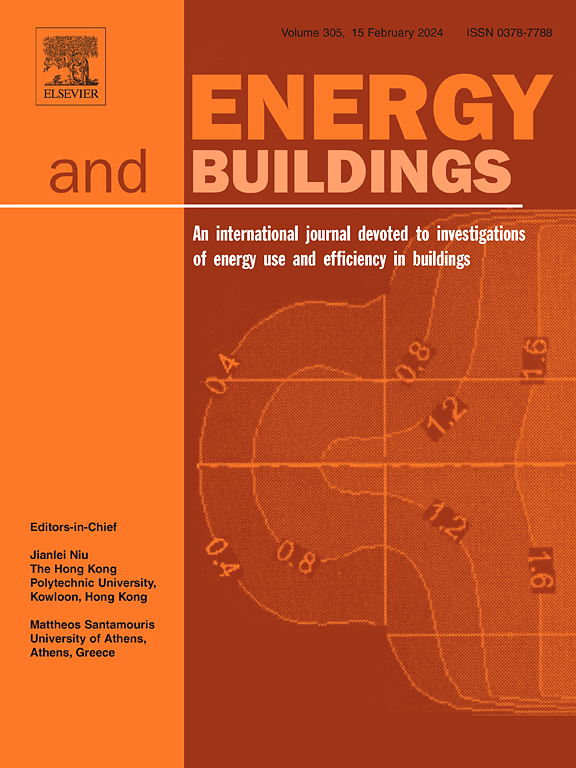Best practices of techno-economic methods for solar photovoltaic coupled heat pump analysis in cold climates
IF 6.6
2区 工程技术
Q1 CONSTRUCTION & BUILDING TECHNOLOGY
引用次数: 0
Abstract
One of the most promising methods of decarbonizing the global building heating and cooling load is with solar photovoltaic (PV) powered heat pumps (HP). The complex nature of these systems and the interdependent interactions between each technology and the energy markets involve various sophisticated models to simulate accurately. This often leaves model descriptions lacking, particularly when qualitative discussion is required. This article reviews the models that exist and provides best practices for designing and simulating PV + HP systems of various complexities. The key performance indicators for electricity generation and total life cycle cost are summarized. This article then provides a detailed and comprehensive method for the techno-economic analysis of heat pumps powered with PV using an example of North American cold climates. For each component of the system, a model and boundary condition are described, and motivations are explained, as well as descriptions of alternatives and motivations for not using them. The result shows a method that combines five disparate models across multiple computer programs into a single analysis that produces critical metrics for technical, economic, and climate impact analysis. This paper identified the best practices for building energy demand and supply simulation with a particular focus on prosumer electrification via PV and HPs. This model is generalizable and the economic and policy implications of replacing fossil fuel heating with solar-powered heat pumps in both rural and urban areas that are discussed here, and future work is proposed to eliminate natural gas used for heating. High-leverage opportunities exist to enhance support for the development of free and open-source integrated systems modeling tools as well as open data to provide transparent trusted results to help guide policymakers and investors.

求助全文
约1分钟内获得全文
求助全文
来源期刊

Energy and Buildings
工程技术-工程:土木
CiteScore
12.70
自引率
11.90%
发文量
863
审稿时长
38 days
期刊介绍:
An international journal devoted to investigations of energy use and efficiency in buildings
Energy and Buildings is an international journal publishing articles with explicit links to energy use in buildings. The aim is to present new research results, and new proven practice aimed at reducing the energy needs of a building and improving indoor environment quality.
 求助内容:
求助内容: 应助结果提醒方式:
应助结果提醒方式:


